“An artist statement is constantly rewritten and almost always out of date because things keep moving on.”
***
For enquiries, to discuss your personal needs or for the availability of these and other artworks that you find on the website, please contact marina@inigoart.com
***
I meet Hannah Brown on a summer morning and we talk candidly about control and business strategies as much as about painterly techniques, canvas preparation rituals and alchemy. Her composed and minute attention to detail on canvas turns messy and uninhibited on sculpture. Hannah works with landscape painting and sculptural natural motifs inspired by British traditions. She embraces rigour with spontaneity. An artist without the spiel.
Are the locations you paint significant for you? How do you choose your landscapes?
I look for a site that I can work with. I am looking for a certain view or a feeling. The location matters quite a lot to me but it doesn’t necessarily matter for the viewer. I choose views that are quite generic in a certain way. They don’t give away the location. They could be anywhere in the south of England or possibly in other countries. For me, it is about being able to spend time somewhere and get to know it.
For example, the Victoria Park paintings are much more closed in because I am filtering out the things I don’t want and I am zooming into the details. That came about because I had been living in south Hackney and walking across the park to my studio for six or seven years. It took quite a while before I started working on it and wanting to paint it. The familiarity is important but some times that connection can be quite fleeting, one hour or so spent in a field and I might feel the same desire to capture the views or a version of them.
Is your intention to document?
The starting point is to record a place because there is some kind of connection or admiration for the place and I’m attempting to have ownership of it in some way. I want my version of it to keep but as soon as I start painting a place, it changes. That is part of the paradox of landscape painting. You look for something natural in the world, something beautiful and then as soon as you start working with it you are putting your own ideals onto it and filtering it.
I see lots of photographs in your studio. What is your working process?
I do take lots of photographs of a location and I also sketch. The sketches, whilst I am there, help me to focus on the view but they are not a reliable record. I don’t sketch in paint yet although I’d quite like to. When I am on the site, I take hundreds of pictures sometimes. Then I will print a proportion of them and finally some of them will get identified as possible paintings. Then I make oil sketches of them to decide which ones should be paintings. It is a kind of “will it work?”.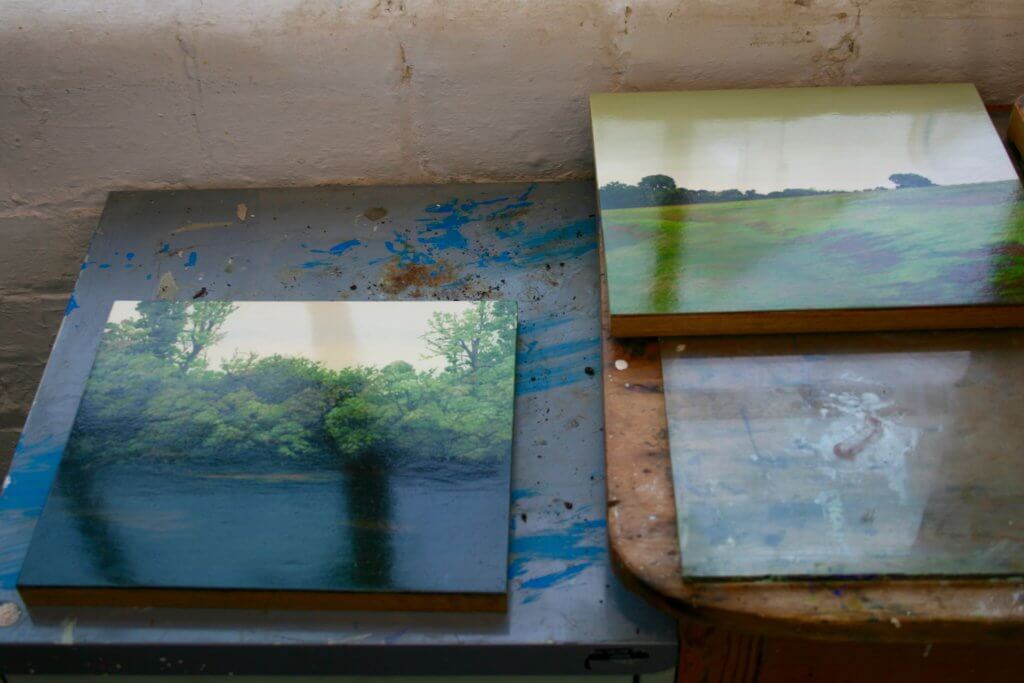
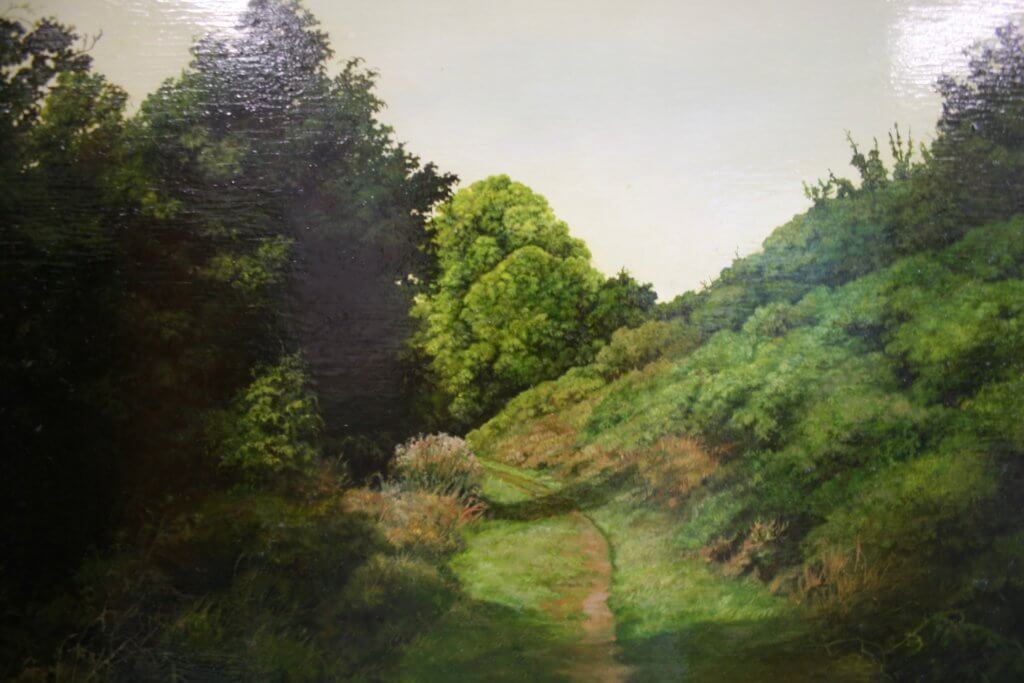
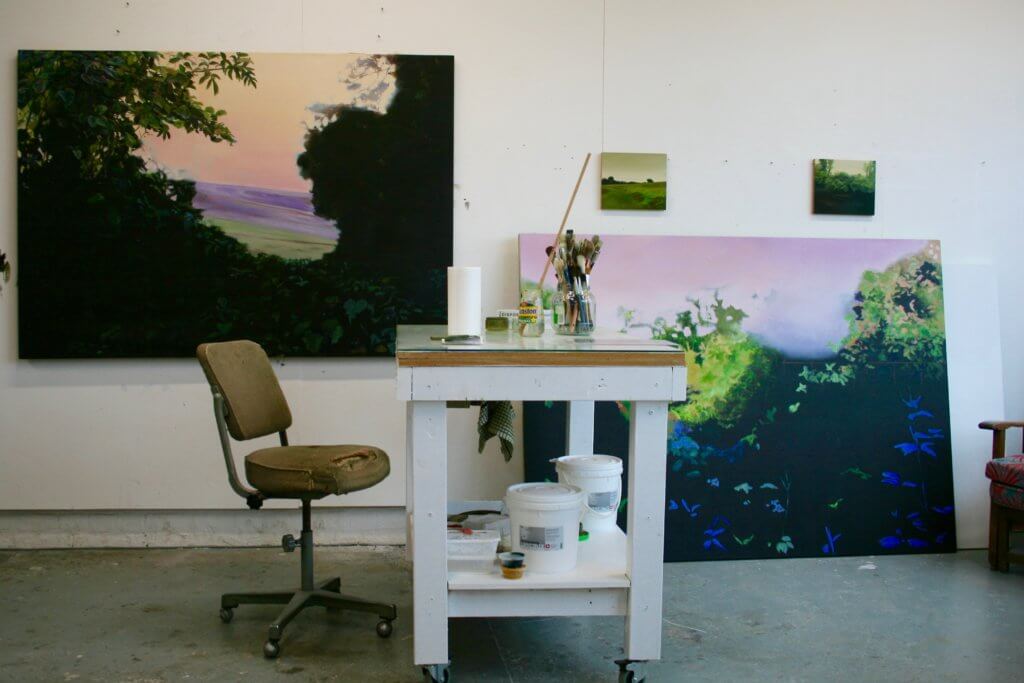
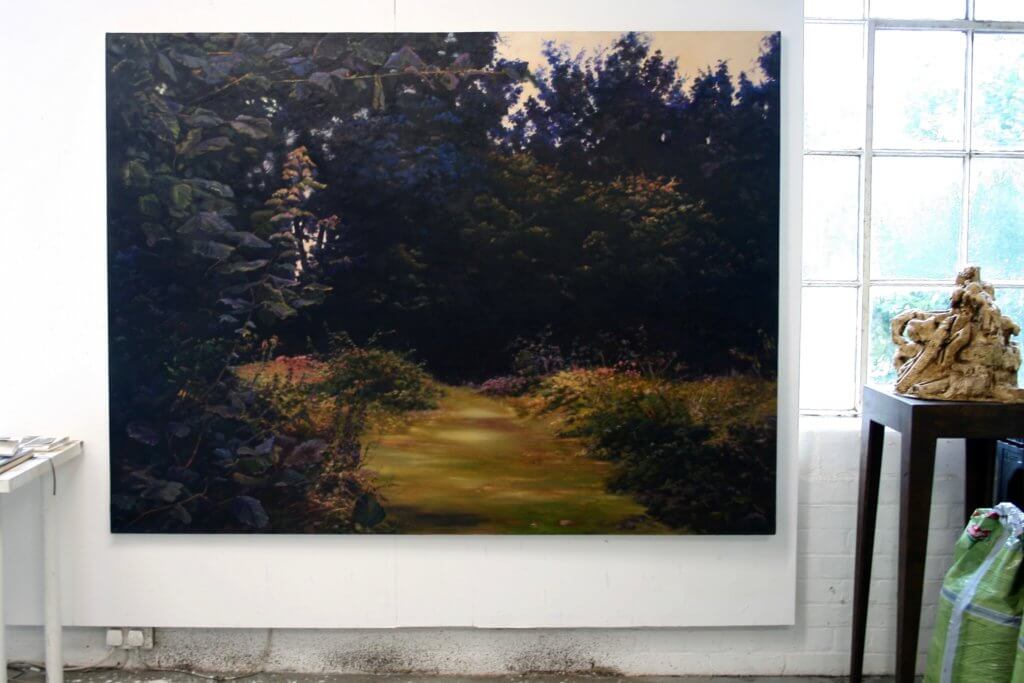
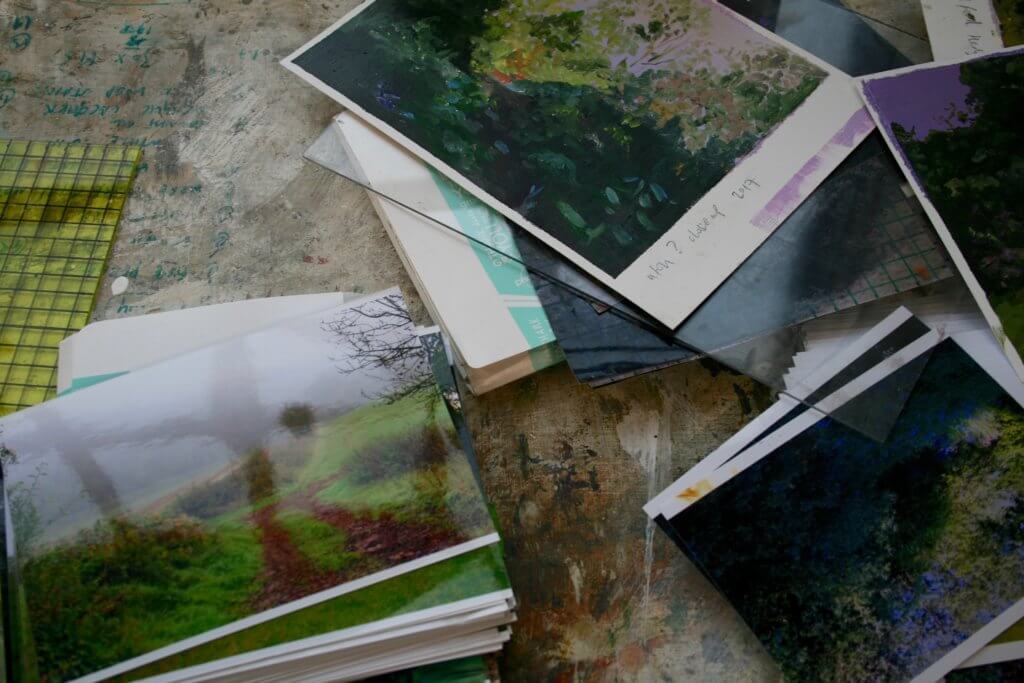
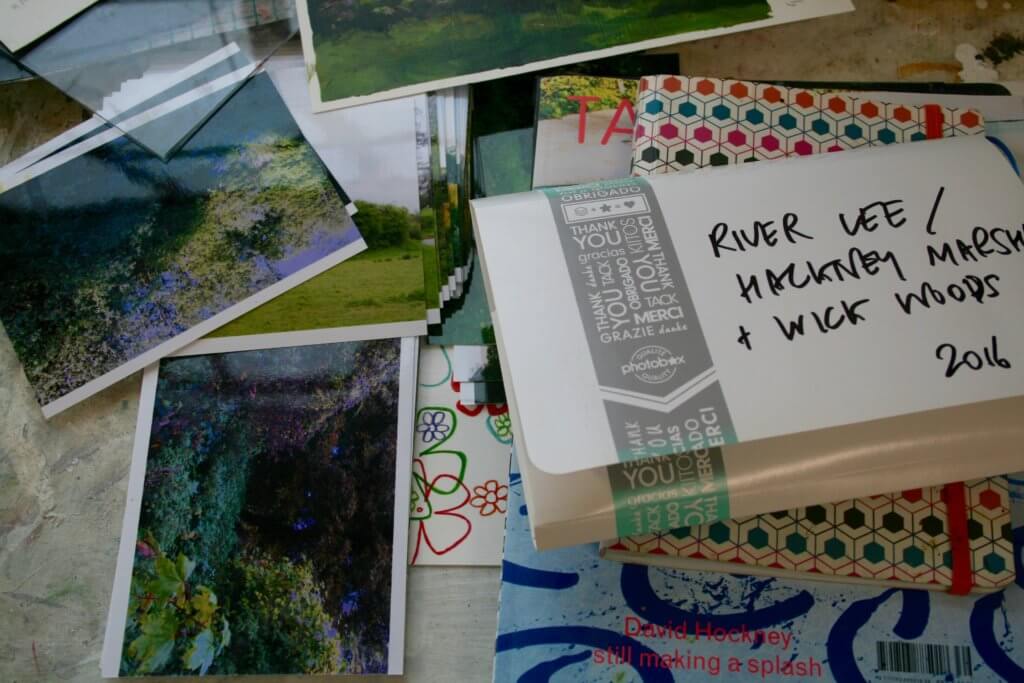
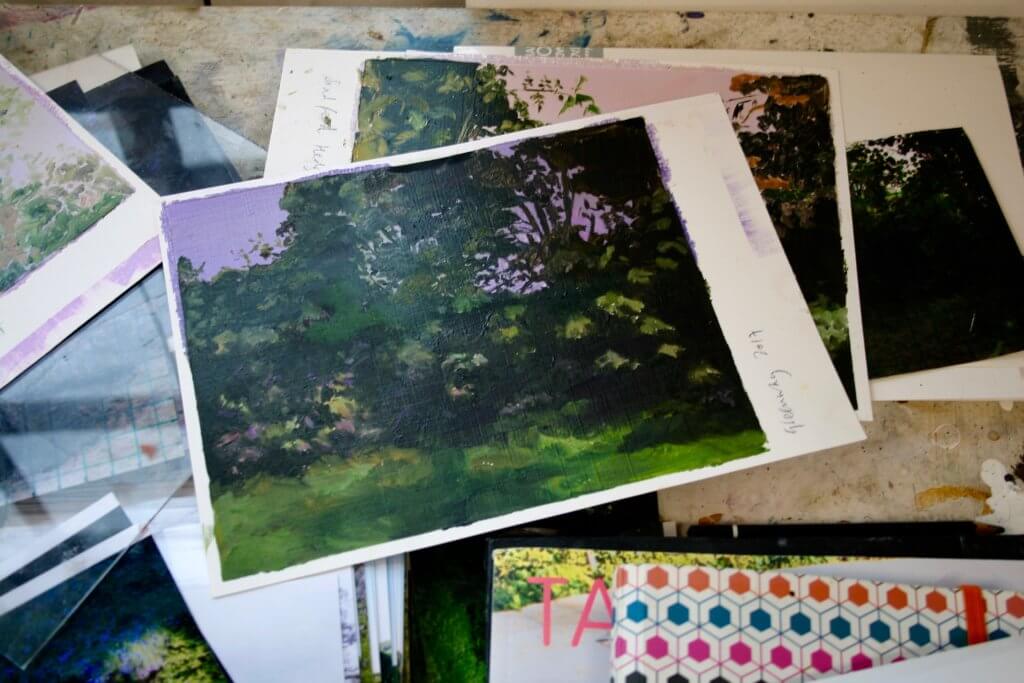
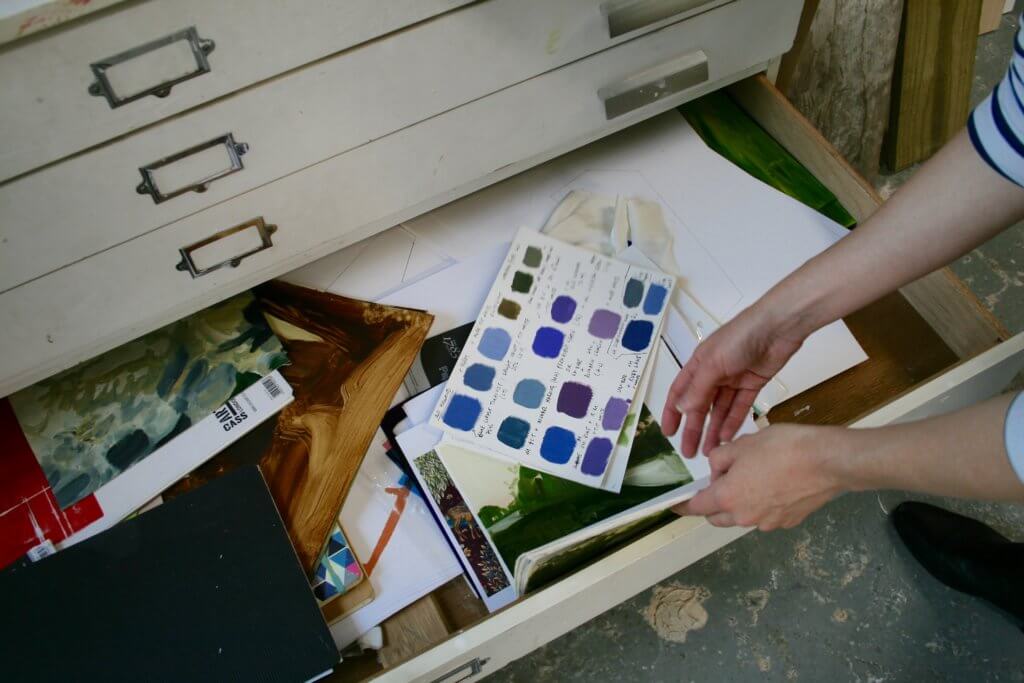
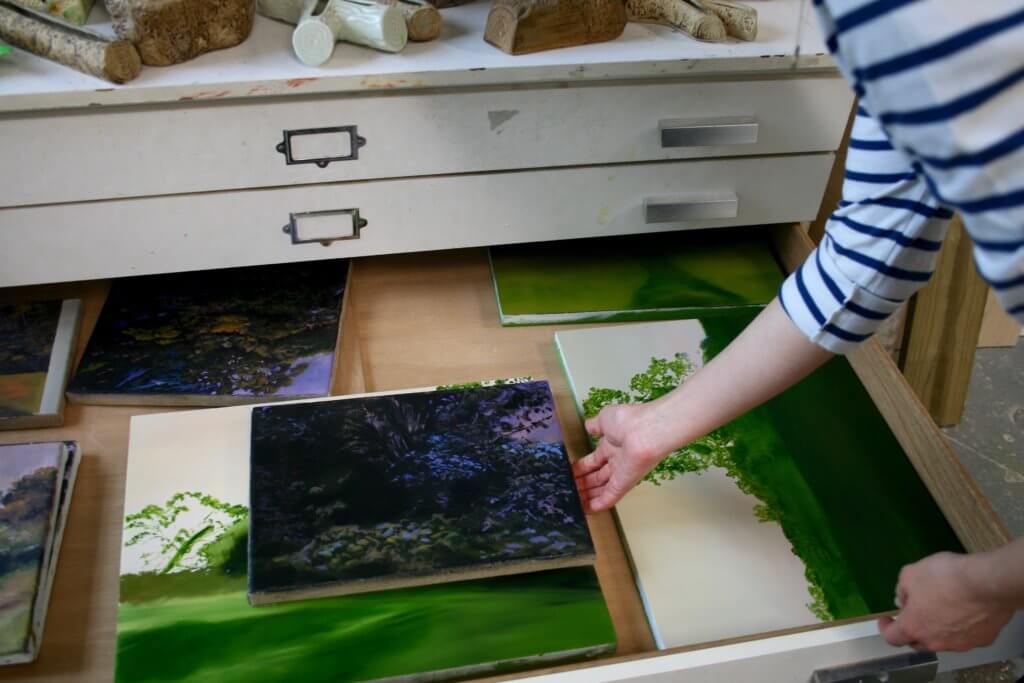
You have talked about your different temperament when working with small or large canvases. Is your attitude or the work that demands a different temper?
My attitude when working with different size canvas has to be different because physically, on the large ones I am moving around a lot more, there are larger brushes and there is a fair amount of detail. I always start at the top from the left-hand corner and work my way across. With the small ones, I feel like I know a lot more about what image might work. The relationship with the source images is closer and once I have decided which images I am going to work with, I am really going through the mechanics of it. I will adjust things, I add shadows, I change skies, lights… but with the large ones, I am still learning a lot as I am going through the image. There is more reworking and more stop-start with them. They are not miles apart but the physicality of them is quite different.
Working as you do with landscape painting, using oils and with a seemingly traditional style, do you get asked or challenged about why such a traditional take nowadays?
Absolutely and I think it is important to consider that. I don’t know if I have the right answers but I feel there is still room for the dialogue. The genre has a weight to history which I acknowledge and work within and then there are bits in which I break the rules.
What is your academic background?
I studied sculpture during my BA at Central Saint Martins and also on the MA at the Royal College of Art. I was making installation and text-based work up to about twelve years ago. I had never painted. Then on my MA I started making fences with rocks and working with photographs of landscapes and about English stereotypes, clichés and traditions. For example, English social landscape and how it is portrayed in books, TV and how it is exported for the tourism industry. I found that the bit I enjoyed the most was taking photographs of landscapes. I guess I didn’t know that it would become my central subject but it had always been there. I grew up in the countryside.
I felt that as part of the social and visual landscape there should be painting because of the tradition. I started making very small tentative paintings as part of wider installations. At first I was unsure about showing them to anyone because I didn’t know how to make them. I had never painted in oils. I just kept making them though and I suppose I got hooked.
How do you view your previous work now? Is it previous work or is it a continuation?
I think it is a continuation. A lot of it was self-referential about how I felt I had to behave or how to address artistic ideals. It was text-based but very much about an emotional connection with my surroundings. For example, instructions or information presented in a format that you might find in a small village green or on notice boards. The sentiment of what it means to come from a certain country; to identify or observe what is around me. It ties in but it is much more visual now. The social aspect of it is embedded in the view rather than being at the forefront.
I find a strong cinematic composition and atmosphere in your work, are there specific references that you are thinking of?
Not specific references but maybe Sunday night murder mystery dramas… (Laughs)
Now that I am watching the new Twin Peaks series, the mood in your paintings brings to mind darkness with a hidden narrative. I never know if I am in front of the opening credits or the closing credits of a film.
There is no specific reference but the idea of a fiction in viewing a space with an emotional charge is something I like to do. That sense of foreboding, that something could have happened or might be just about to happen or maybe nothing is going happen but as you are going through a landscape, your mind goes somewhere else.
The cropping and the compositions perhaps have film references because that is where I deviate a little from the traditions of landscape painting. There will be too much space taken up by a tree rather than it sitting comfortably in one third, where it should be. Nothing too dramatic. I tend to shy away from dramatic images but they could be a snippet of a wider whole. There is time surrounding a single image and you are not being shown it.
The colour palette that you are working on at the moment seems to have a continuation in different works. Do you work in series?
It can be quite slippery. It evolves and although I should be in control of it, because I am mixing the colours up, it moves from one palette to another. I can identify the years that works were made by types of greens I am using; whether it is has an orangey hint or a brighter green. I haven’t at any point decided to use a brighter green, it just crept in. When I try and force it and take it back to something, it doesn’t always work. It feels like I am not completely in control of the overall hue.
The blues and purples are very much a conscious decision that I enjoy because I don’t normally use blue at all.
Why the sombre tones?
I think that is just my disposition. Also, as soon as you see a blue sky, it looks like a landscape to me; one that seems familiar. If you take the blue away and you focus on the land and the shape of the trees, the forms are there but makes it look less traditional. There is something about a blue sky and all those colours that sit in such harmony that I don’t engage with as much.
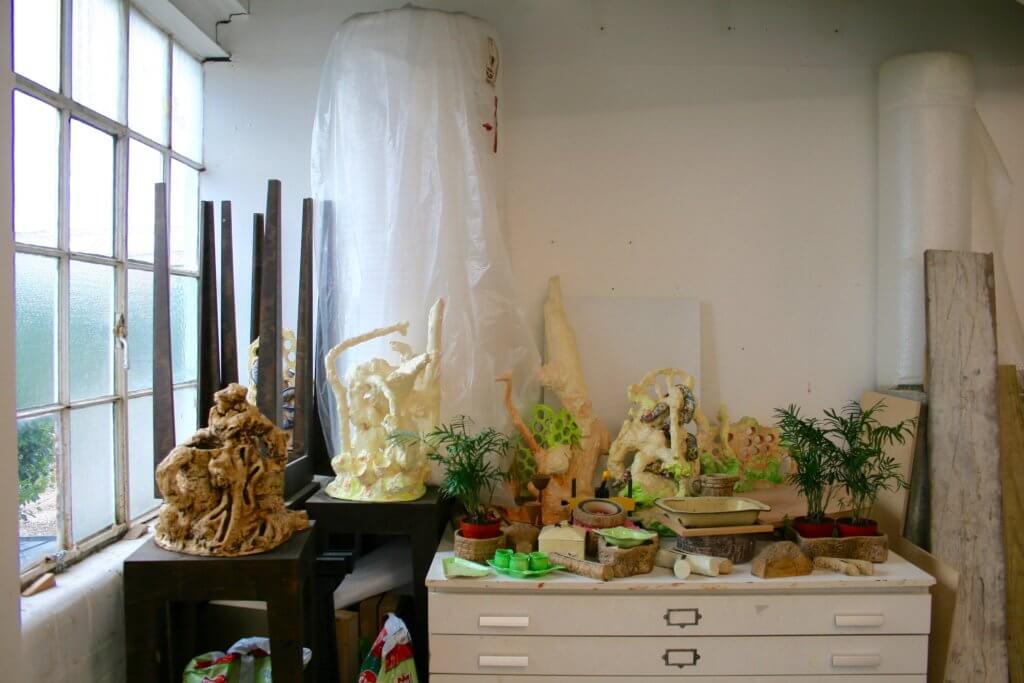
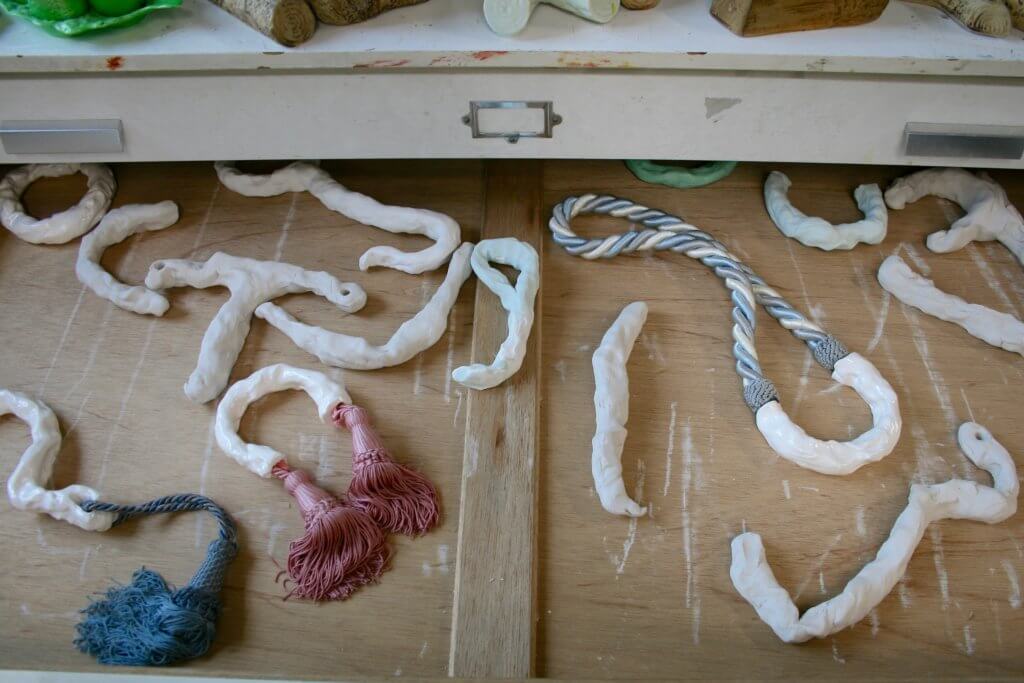
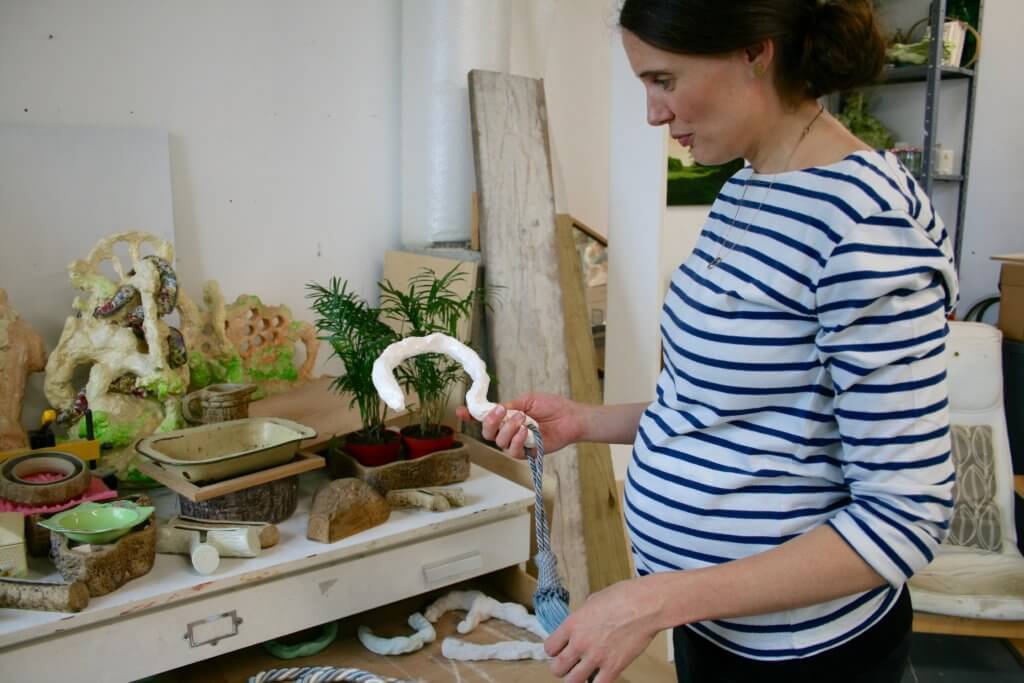
I think the sculpture changes the practice. I often describe myself as a painter which in some ways isn’t fair to the sculptures. It is not that one has more of a priority. It is perhaps that I understand one better than the other. I think the sculpture can make the practice richer but also more confusing.
You also make sculpture, how do you relate both mediums?
I know they don’t look the same. They could be from different artists, perhaps. They relate to me in terms of our relationship to nature and how we bring it to our homes. How it is domesticated. In the paintings, I work with the acknowledgement that they are for the domestic space and the objects come from the same language. The kind of knickknacks that we have around the house that could be recognised as British. The reference points for the bright sculptures are Carlton Ware pottery, Crown Devon… mixed with Liberty prints and William Morris prints. More recently House of Hackney has brought back that tradition of the nature motifs in the home. I’m interested in the way we populate and decorate the spaces that we live in.
They [paintings and sculptures] do relate to each other but they have their own territories and they can also undercut each other. I really enjoy the kitsch of the sculptures but I wouldn’t want my painting to be seen as kitsch. I have to be careful about which ones get shown together and how they get shown together.
There is a sense of liberation and freedom on the sculptures. You truly allow yourself to experiment and leave aside the more methodical approach and the considerations on tradition.
Absolutely. There is a freedom in making them. I stopped making sculpture for a number of years and because I wasn’t sure how they sat with the paintings. In terms of making objects again, it was about having a sense of freedom to play physically with materials. However, it took a very long time to find the sculptural language that I wanted to work with. I think the approach to making sculpture fed into the way I worked with paint. I started making the larger paintings because I wanted more space to work in. I felt restricted by the smaller ones but I didn’t want to break from the smaller ones and suddenly starting painting in a different style. I give myself a lot of freedom in the making process but quite a lot of the work doesn’t get exhibited or at least not until I understand a little more about it.
***
For enquiries, to discuss your personal needs or for the availability of these and other artworks that you find on the website, please contact marina@inigoart.com


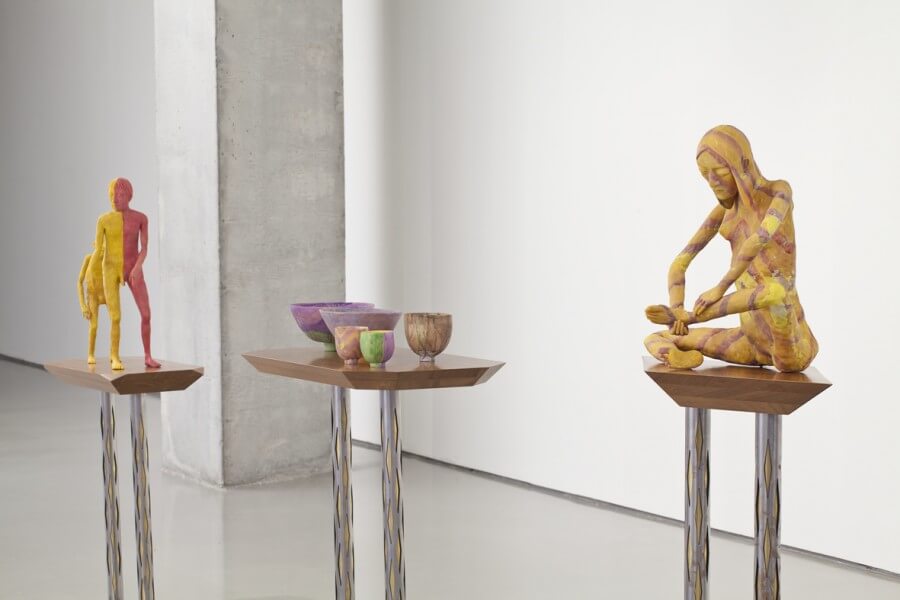
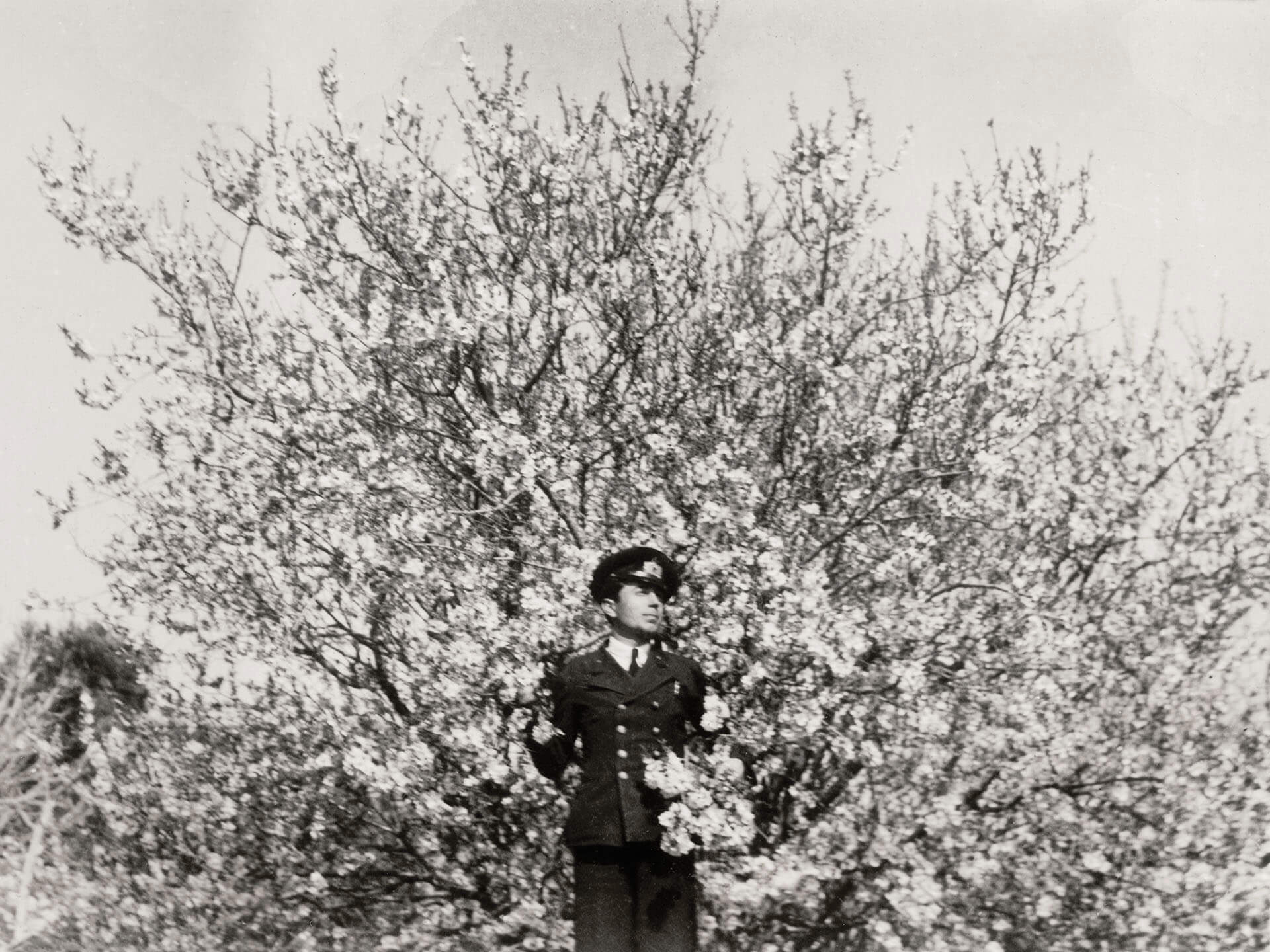
1 Comment